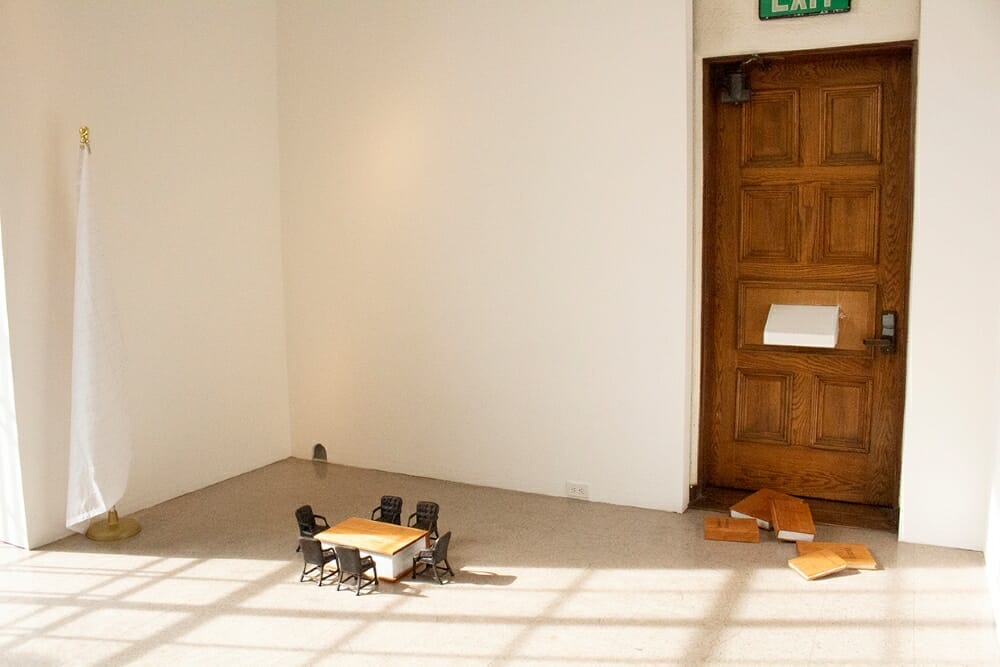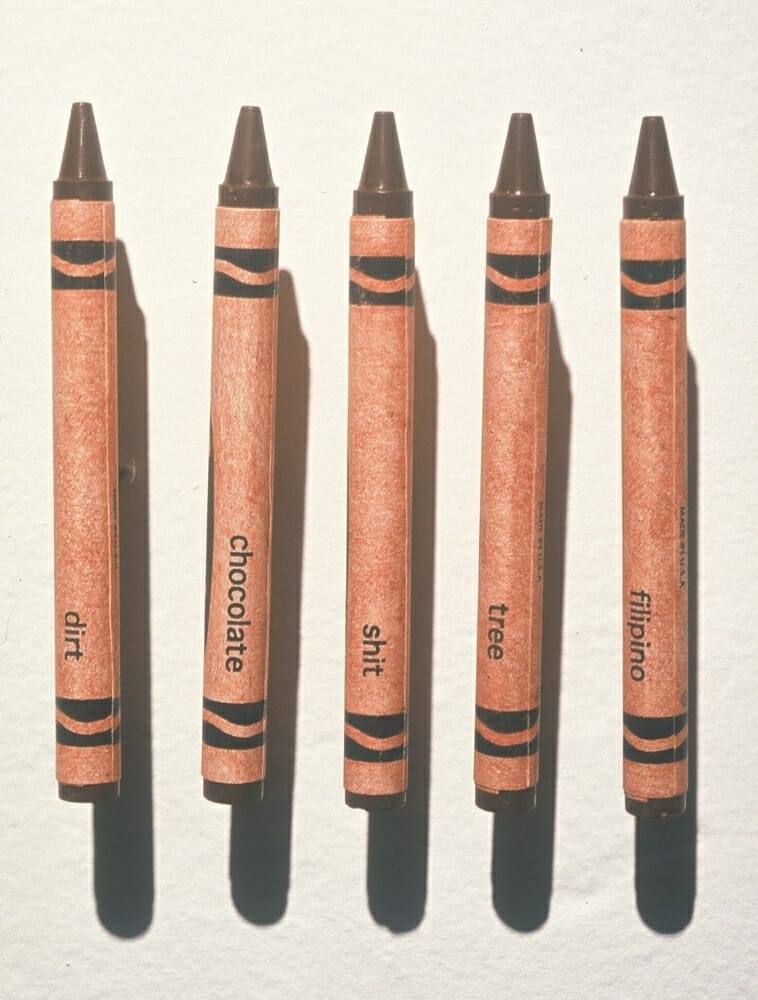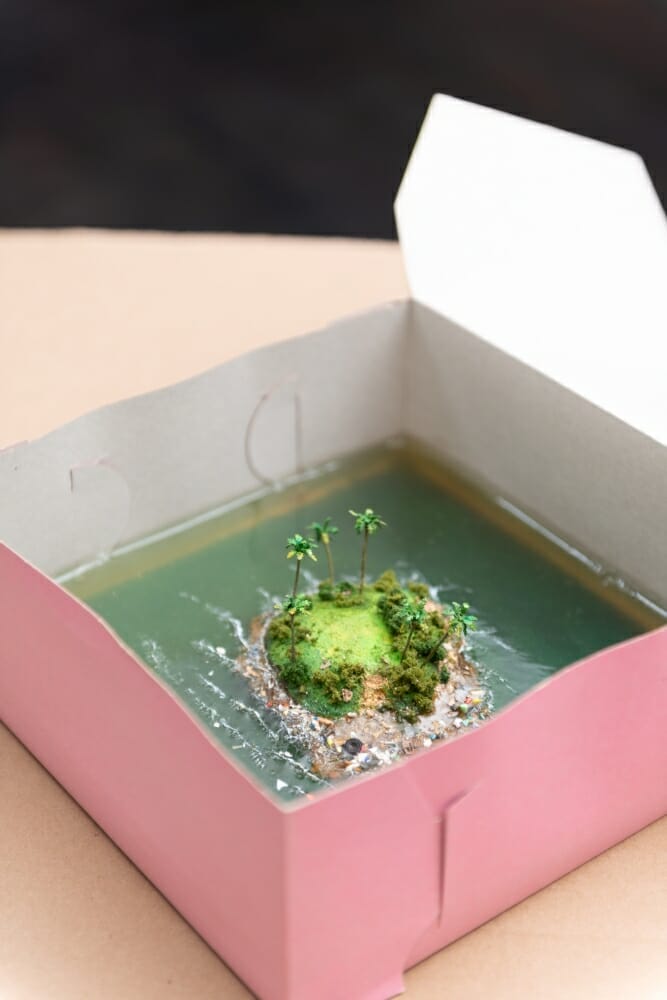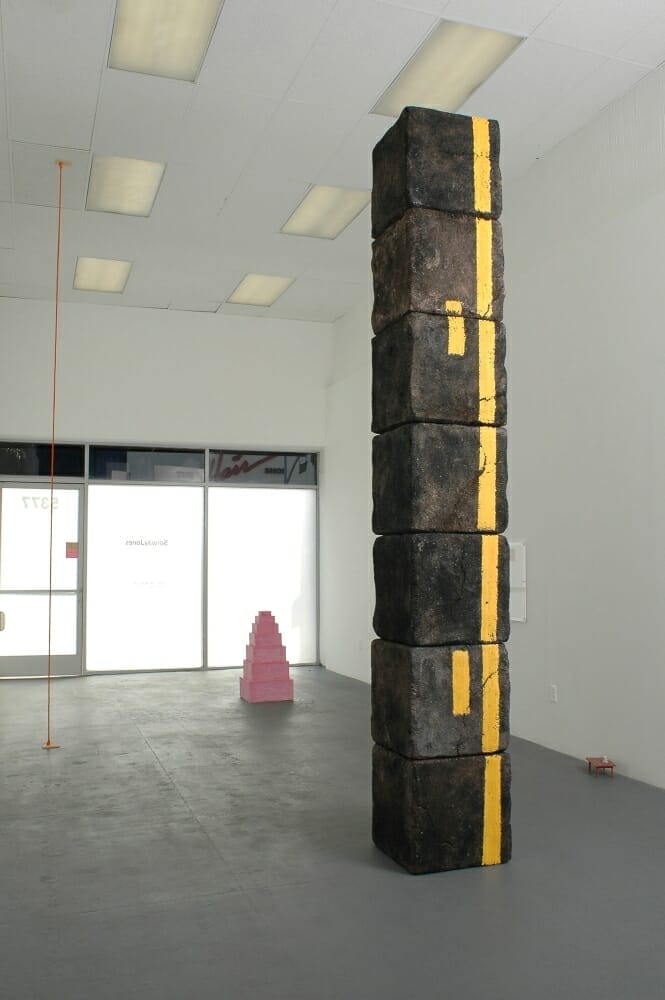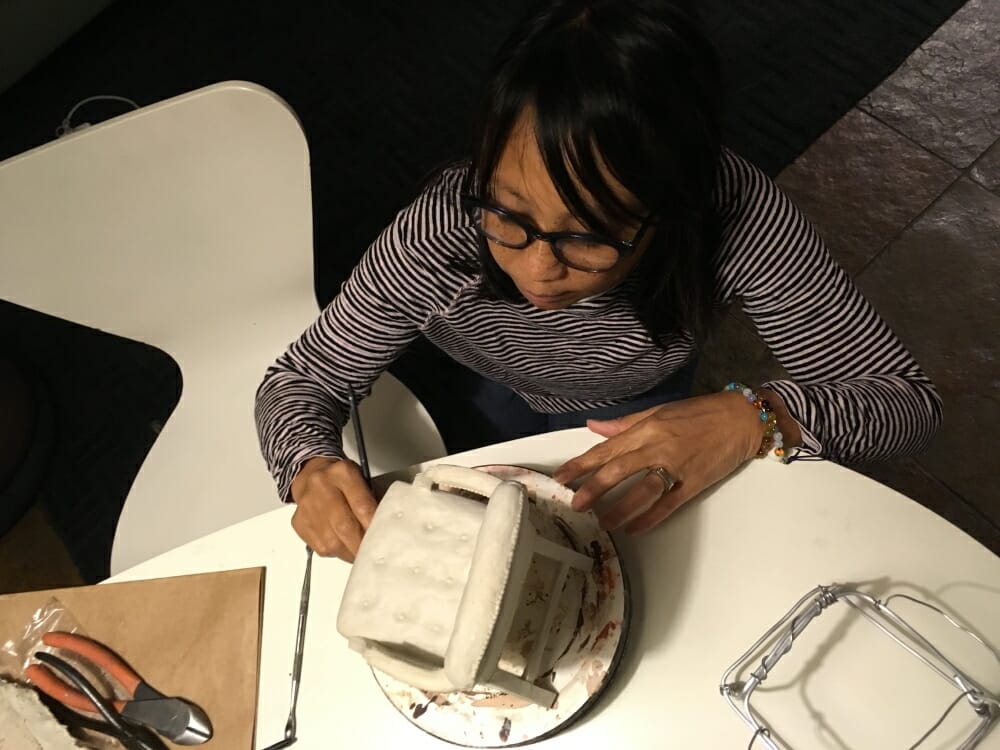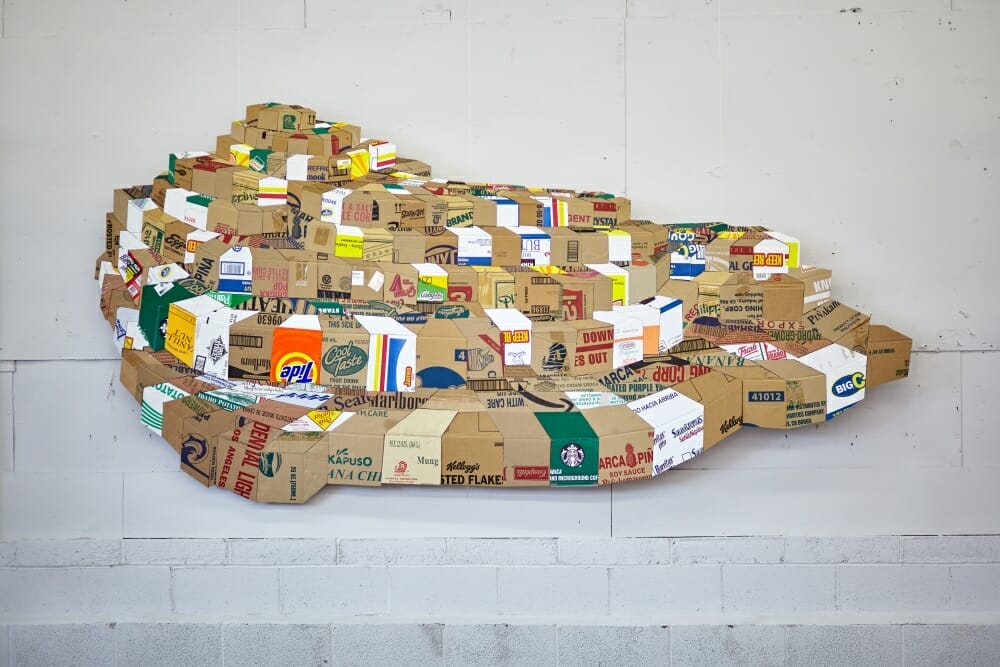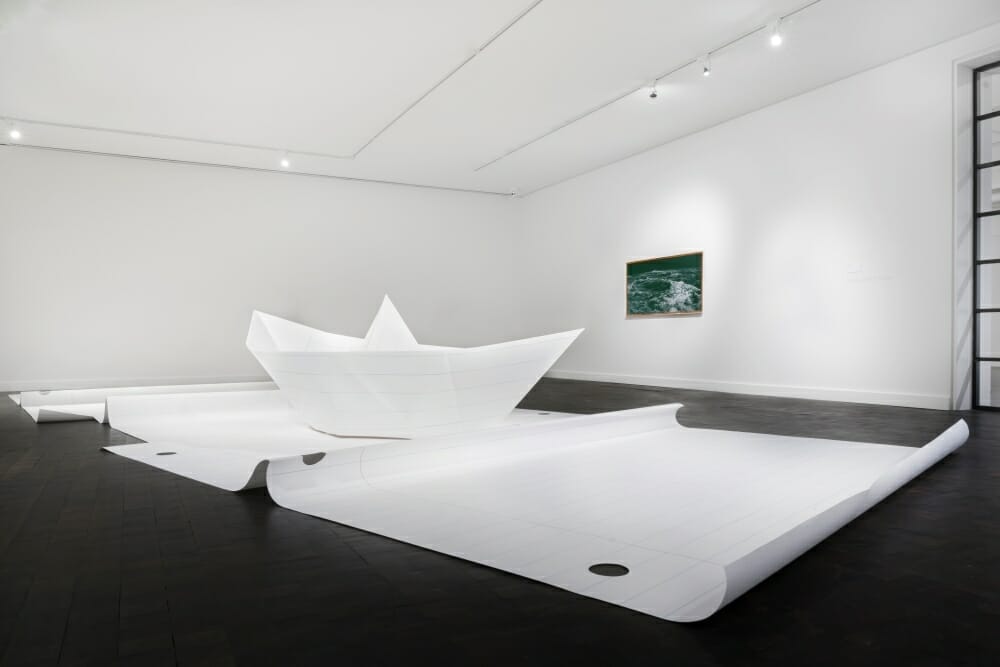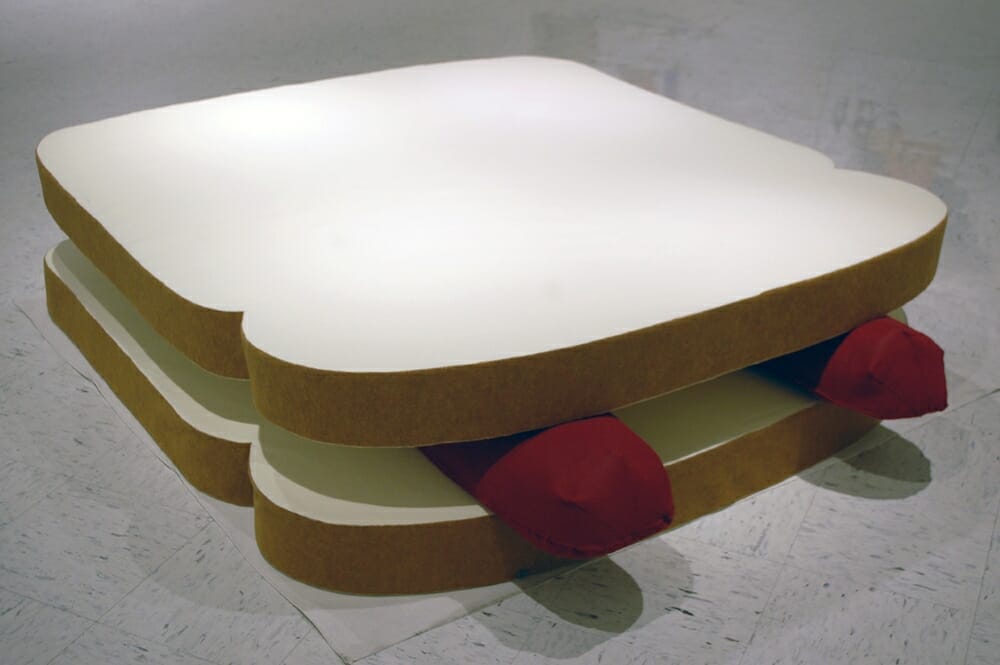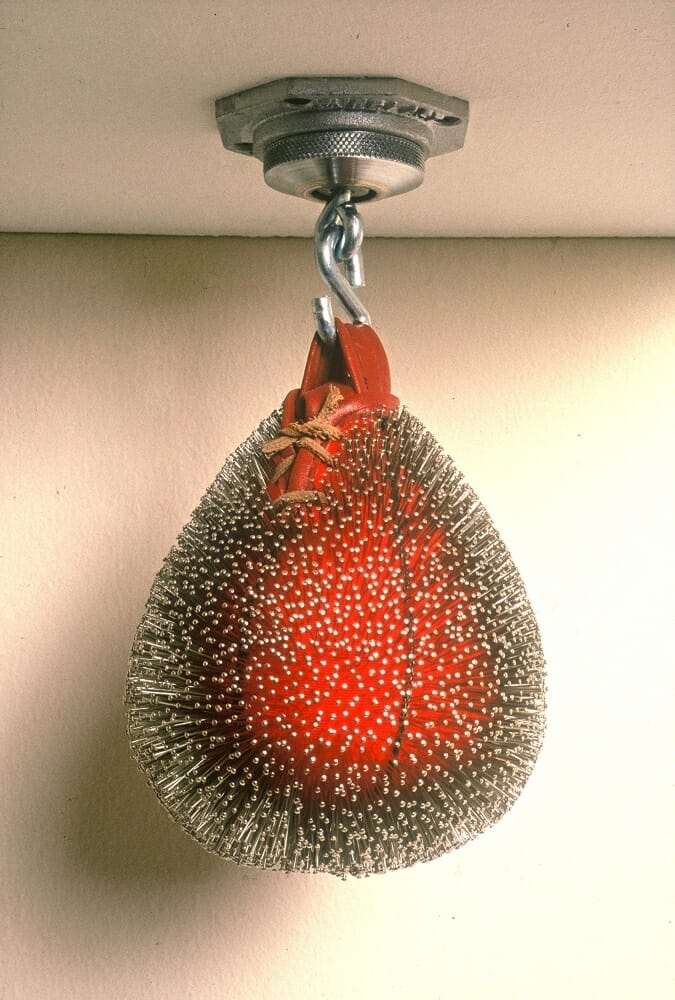I hope that readers will share an interest in Filipino-American artists. There are so many Filipinx-American visual artists, performers, and writers who contribute their voices to the broader American and Filipino cultural landscape. Since we make wonderful art, embody specific perspectives, and have been doing so for so many generations, it would be great to finally feel “seen.”
So says Filipino-American artist Maryrose Cobarrubias Mendoza, both an Associate Professor and Drawing Coordinator at Pasadena City College and an artist whose work caught our eye during the recent Filipino-American History Month, October 2022. With her thoughts in mind, Picture This Post (PTP) had a longer conversation with Maryrose Cobarrubias Mendoza (MCM) about her thoughts on Filipino-American art and how her own art and upbringing reflect that.
(PTP) How do you think coming to the US from the Philippines at such a young age affects your feeling of connection to the Philippines and your artwork?
(MCM) I feel both connected to and disconnected from the Philippines and Filipino culture. First, I don't speak Tagalog, and this separates me from a major cultural mindset, but I am very much connected to the importance of family and the role food plays in Filipino culture. Growing up celebrating life with the creation and sharing of food at the center of our family gatherings kept me informed about my cultural heritage while growing up around white-centered media, education, and values.
How do you feel the next generation of Filipino-American artists are connecting to Filipino art and culture?
I feel that this next generation of artists—especially those who immigrated at older ages than I did (as a toddler)—often have greater awareness of Philippine culture and art, and carry more knowledge of Indigenous Philippine values and Philippine-American history compared to my generation of Filipino-Americans.
Growing up in California in the early 70's, I wasn’t taught about Philippine history or the American Empire. My parents were more interested in securing the American dream.
Younger generations now have opportunities to take courses in Asian-American studies or Fil-Am history that previously were non-existent. Recently, I viewed the Carlos Villa exhibition at the Asian Art Museum in San Francisco and was struck by how he also was grappling with what was ‘Filipino’ and what that meant and looked like.
A lot of your artwork references or directly manipulates the scale and size of everyday objects. What is your inspiration or connection behind these works?
Being sensitive to the physicality of environments and things around me, I gravitate toward scaling work larger or smaller because of how scale has impacted my own physical experience. Then, studying artists and viewing art and discovering the work of Claus Oldenburg, Surrealism, and Fluxus inspired me to bring play, illusion, and the everyday into my work and visual language.
Another of my interests is creating awareness: when I manipulate scale, I think it might be able to stimulate perception or possibly create an environment where a viewer might take a bit more time with a piece, observe it more closely, or take an opportunity to ponder what’s in front of them.
How do you feel that your background affects your connection to these objects that you gravitate towards?
Like many in the generation of immigrants of the early 1970’s, I was raised to assimilate within American Culture. This has given me a nostalgia for objects associated with Americana, like donuts, flags, crayons, and white bread, but also with objects that I associate with being Filipino-American, like Spam or cardboard boxes.
I work with familiar objects because of their associations. My Grandmother (Lola in Tagalog) owned a dress shop in Manila, and I wanted to honor her strength by working with two symbolic objects: a tomato pin cushion, and a punching bag. By combining the two objects in the piece Punching Bag (1995), I chose one for its particular memory and another for its inherent visual meaning.
What do you think are the most important things to teach or pass on to your students?
To work hard. To create work that is authentically you. To look inside and value what is there.
To learn more about the artist and her work, check out the website for Maryrose Cobarrubias Mendoza.
Nominate this for The Picture This Post BEST OF 2023???
Click Readers' Choice!
Photos Courtesy of Maryrose Cobarrubias Mendoza
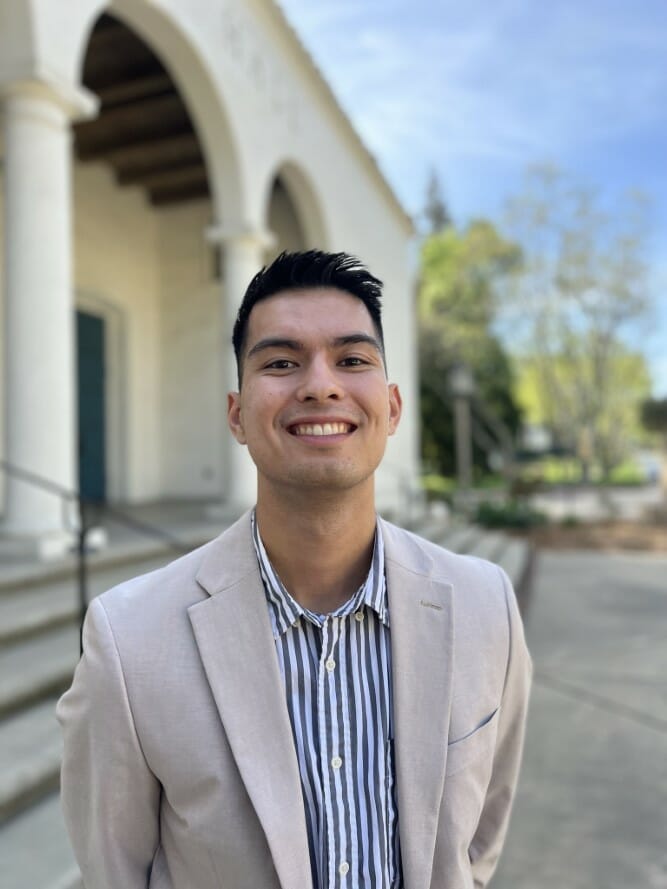
About the Author: Ben West
Benjamin West is a Filipino-American, born and raised in California. Having grown up somewhat disconnected culturally and physically from the Philippines, his connection to his heritage is bridged through eating copious amounts of lumpia and learning and writing about Filipino artists, one of whom was his grandfather. Ben spends most of his free time reading, listening to music, attempting to cook, and swimming.

